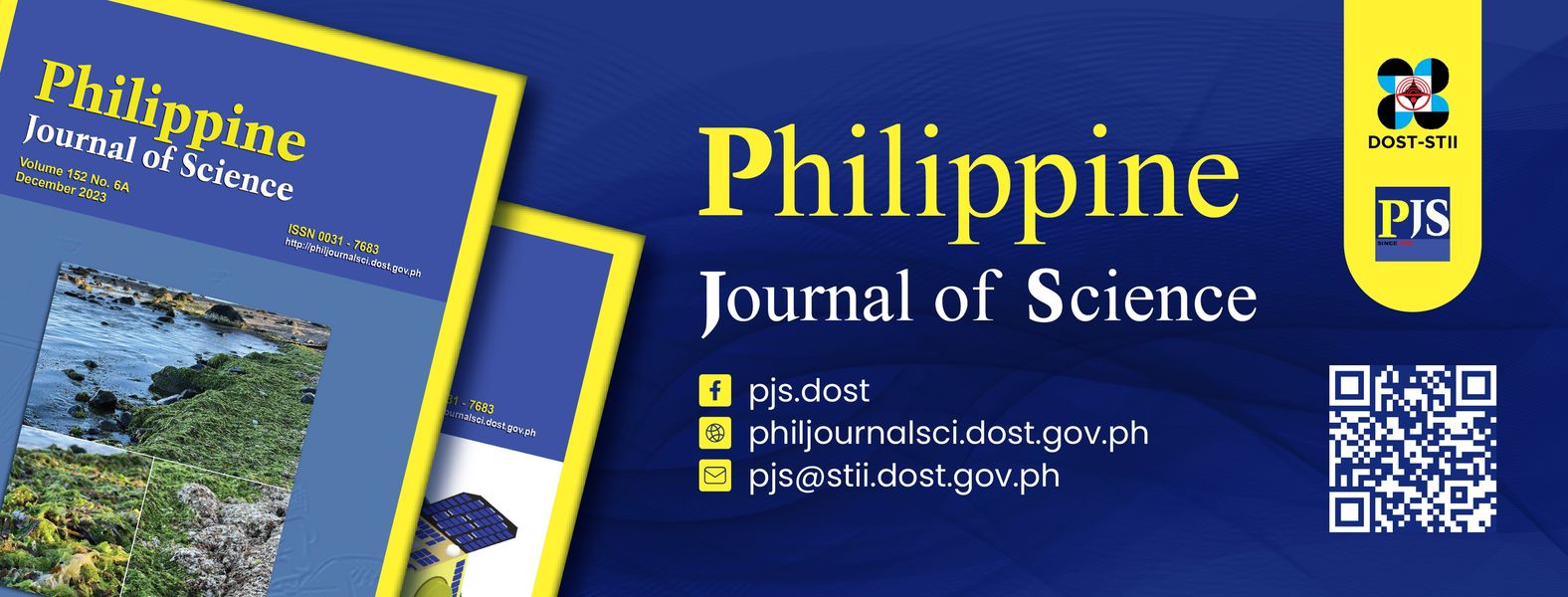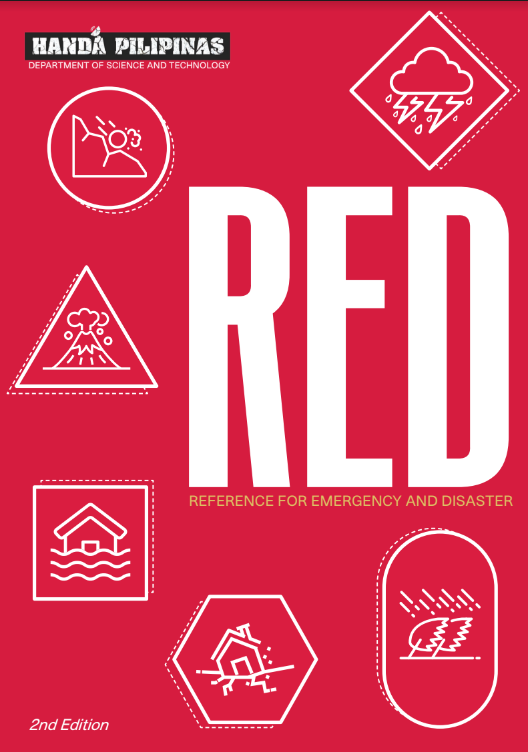Tulang Diyot, a 1.5 kilometer long by 500 meter-wide island, belongs to the Camotes group of islands between the provinces of Cebu and Leyte. Its pristine waters along the sandy beach make it the perfect hideaway – a respite from the chaos of city life to a paradise untouched by modernity.
However, on November 8, 2013, the island paradise was transformed into a desolate wasteland as Super Typhoon Yolanda (international name: Haiyan) unleashed its fury with winds of up to 340 kph,battering the houses and leveling them to the ground.
From atop a chopper, one can see the destruction brought about by Yolanda but, surprisingly, despite the massive wreckage, the 1,000 or more people of Tulang Diyot remained standing, strong and undeterred by the wrath of nature.
The island had zero casualty.
Was it a stroke of divine providence? Was it a miracle in this age and time of internet computing?
It could probably be partly divine intervention, since the residents are of great faith, but they cheated death simply because the people of Tulang Diyot were prepared.
For one, the entire community is aware of the hazards and risks they have to face during typhoons. Since their home is an island and therefore prone to storms, they learned to adapt and institute a systematic way of dealing with this phenomenon as it becomes part of their lives.
Secondly, the island is blessed with a forward thinking leader in the person of former San Francisco mayor Alfredo Arquillano. With a no-nonsense approach to disaster management, Arquillano together with the people heeded the warnings of government agencies like PAGASA and early on they all evacuated to higher grounds with no ifs or buts.
A day prior to Yolanda making landfall in Eastern Samar, the residents of Tulang Diyot hauled the basic necessities with them and marched on to the town proper of San Francisco and waited there patiently as they gave way to Yolanda as it crossed the archipelago.
“It is a good decision; it’s fair to say it saved everyone’s life. There is not one house left standing on the island, everything was wiped out,” said Arquillano.
The Tulang Diyot experience brought new meaning to the word resilience. Not only were the people able to survive the catastrophic hammering of Typhoon Yolanda, but they were able to draw their own destiny by embracing the wind of change. Realizing the fact that they are in the path of typhoons, Arquillano, together with the entire community, has been conducting typhoon drills for years now.
“It just shows that preparedness pays. We have been working for years on early warnings, evacuations. The awareness level of the community was so high that it went well,” disclosed Arquillano.
In fact, Arquillano was awarded the UN Sasakawa Award for Disaster Risk Reduction in 2011 by the United Nations Office for Disaster Risk Reduction (UNISDR). He won the award for his community by creating the “Purok System” where he implemented an indigenous method of self-organization within the villages therefore allowing for easy communication and quick evacuation when calamities strike.
“We knew we were vulnerable, so we made absolutely sure that everybody knew what to do and where to go,” said Arquillano.
This unassuming community leader has also instituted a “capital build up” program wherein the community residents deposit an agreed amount as initial capital to fund post-disaster assistance activities.
Other communities at risk can now emulate the Tulang Diyot experience and replicate its disaster preparedness initiatives in their own areas. The task is not impossible and the escalating threats of extreme weather conditions can be minimized substantially to preserve lives and properties. In fact, other places had zero casualties reported like the town of Javier in Leyte; Malapascua Island, Cebu; Albay, Bicol; and Virac, Catanduanes. In Maricani Island in Eastern Samar, it was reported that only one perished during the height of Typhoon Yolanda.
Mother nature has its own way, its own rules and during these times the unexpected is already happening. Science is there to interpret and perhaps find solutions to prevent or mitigate disasters but the fact still remains that we have to contend with these situations every year.
But Tulang Diyot and other places with no casualty are good examples of the benefits of being prepared. And the beauty of it all is that, it does not take sophistication for communities to save lives.
Written by: Rodolfo P. de Guzman S&T Media Service, DOST-STII
Tuesday, 03 December 2013 02:05


















 21 in 2021 Technology Catalogue
21 in 2021 Technology Catalogue 21 in 2021 Technology Catalogue
21 in 2021 Technology Catalogue DOST Innovations - Web and Mobile Applications for Disaster Risk Reduction and Management
DOST Innovations - Web and Mobile Applications for Disaster Risk Reduction and Management